The Bald Eagle, a majestic raptor synonymous with freedom and the wild spirit of North America, captivates observers with its powerful flight and striking appearance. Far more than just a national emblem, this magnificent bird is a testament to successful conservation efforts and a vital component of its diverse ecosystems. From its impressive hunting prowess to its intricate social behaviors, the Bald Eagle offers a wealth of fascinating insights for anyone curious about the natural world.
Understanding this iconic bird means delving into its life cycle, its interactions with the environment, and its enduring legacy. Whether you are a student embarking on a research project, an aspiring zoologist seeking deeper knowledge, an animal lover hoping for a glimpse in the wild, or even a zookeeper dedicated to their care, the story of the Bald Eagle is rich with detail and wonder.
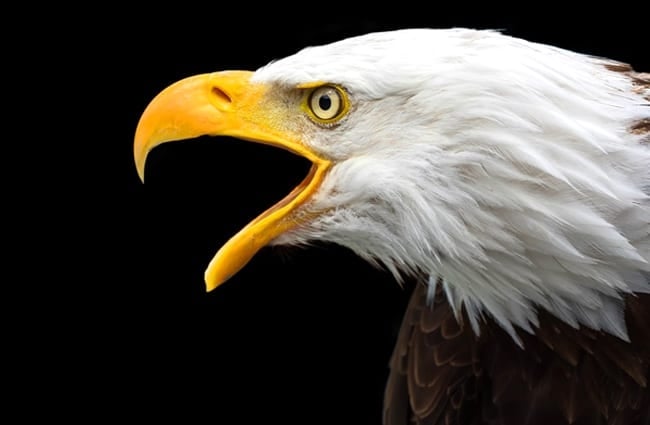
Identifying the Monarch of the Skies: Appearance and Habitat
Recognizing a Bald Eagle in the wild is often an unforgettable experience. Adults are unmistakable, boasting a brilliant white head and tail contrasting sharply with a dark brown body. Their powerful hooked beak is bright yellow, as are their piercing eyes and strong talons. This distinctive plumage typically develops around four to five years of age. Younger eagles, known as immatures, present a more mottled brown appearance with varying degrees of white on their underparts and wings, often leading to misidentification with other large raptors like Golden Eagles. However, a key distinguishing feature is the Bald Eagle’s featherless legs, unlike the Golden Eagle’s feathered tarsi.
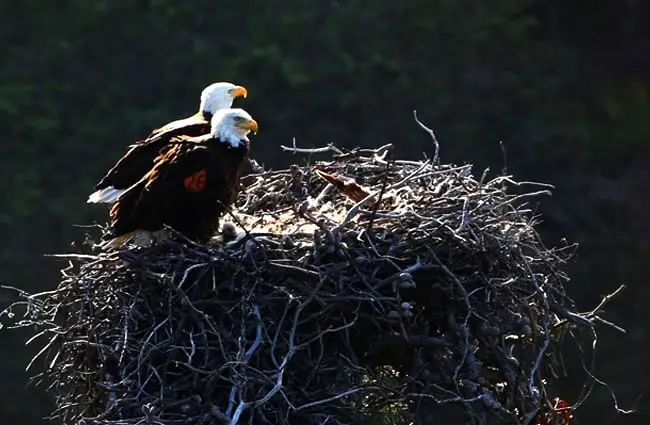
Where to Spot a Bald Eagle: Preferred Habitats
Bald Eagles are intrinsically linked to water. Their primary food source dictates their choice of residence, making large bodies of water their preferred domain. These include:
- Coasts: Along the Pacific and Atlantic shores, particularly in areas with abundant fish.
- Rivers: Major river systems provide consistent food and tall trees for nesting and perching.
- Lakes: Large freshwater lakes, especially those with undeveloped shorelines, are prime habitats.
- Reservoirs: Man-made reservoirs can also support healthy eagle populations.
Crucially, these aquatic environments must be surrounded by mature forests, offering tall, sturdy trees for nesting, perching, and roosting. These trees provide security, vantage points for hunting, and shelter from the elements. Look for them perched high in snags or soaring effortlessly above the water, often scanning for prey.
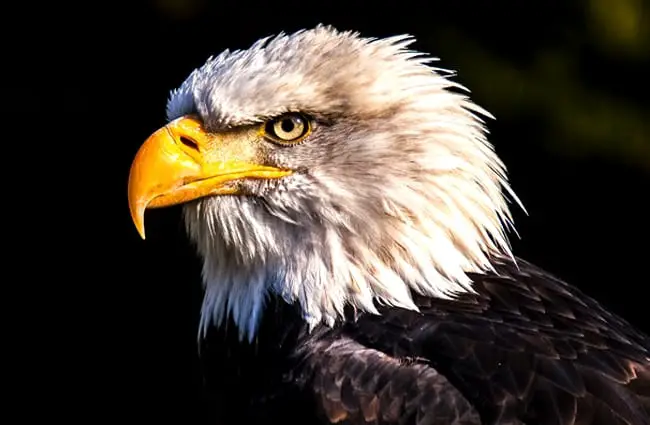
Finding Bald Eagles in the Wild: Tips for Enthusiasts
For the animal lover eager to witness a Bald Eagle, timing and location are key. The best times are often early morning or late afternoon when eagles are most active. During winter months, many northern populations migrate south to find open water, concentrating in areas with unfrozen rivers and lakes, making these excellent viewing opportunities. Look for large stick nests high in trees near water, or scan the skies for their distinctive flight pattern: strong, steady wing beats followed by long glides. Always maintain a respectful distance to avoid disturbing these magnificent birds.
The Apex Predator: Diet and Hunting Strategies
The Bald Eagle is an opportunistic carnivore, primarily a piscivore, meaning fish constitute the majority of its diet. Their keen eyesight allows them to spot fish from great heights, swooping down with incredible speed to snatch prey from the water’s surface with their powerful talons. Their feet are uniquely adapted for this task, featuring rough pads and long, curved talons that provide an excellent grip on slippery fish.
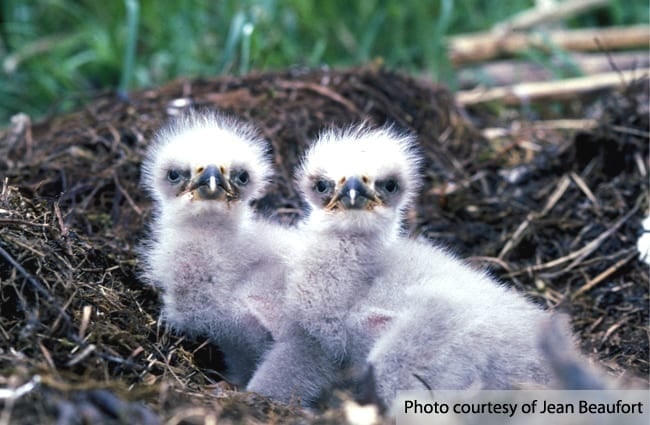
A Varied Menu: Beyond Fish
While fish are paramount, Bald Eagles are not picky eaters and will diversify their diet based on availability. Their menu can include:
- Other Birds: Waterfowl such as ducks, geese, and coots are common targets.
- Small Mammals: Rabbits, squirrels, and even carrion from larger animals.
- Reptiles and Amphibians: Snakes and turtles are occasionally taken.
They are also notorious kleptoparasites, meaning they will steal food from other animals, particularly Ospreys, often harassing them until they drop their catch. This behavior highlights their adaptability and efficiency in securing food.
Life Cycle and Reproduction: A Legacy in the Making
Bald Eagles typically reach sexual maturity between four and five years of age. They are monogamous, often mating for life, and will return to the same nesting territory year after year. Their courtship rituals are spectacular aerial displays, involving elaborate dives, chases, and even locking talons and free-falling together before separating just above the ground.

Nesting and Raising Young
Bald Eagles construct some of the largest nests of any bird in North America, often weighing over a ton and measuring several feet across and deep. These massive structures are built from large sticks and branches, lined with softer materials like grass, moss, and feathers. Both parents contribute to nest building and maintenance, adding to it each year.
- Egg Laying: Females typically lay one to three eggs, usually in late winter or early spring, depending on the latitude.
- Incubation: Both parents share incubation duties, which last approximately 35 days.
- Hatching and Fledging: Eaglets hatch altricial, meaning they are helpless and covered in down. They are entirely dependent on their parents for food and warmth. They fledge, or take their first flight, at around 10 to 12 weeks of age but remain dependent on their parents for several more weeks as they learn to hunt and survive independently.
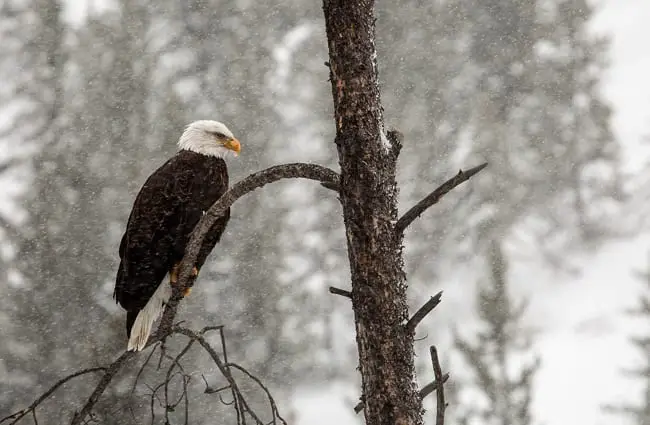
Evolutionary Journey and Ecological Role
The Bald Eagle (Haliaeetus leucocephalus) belongs to the genus Haliaeetus, commonly known as sea eagles or fish eagles. This lineage traces back millions of years, sharing a common ancestor with other large raptors. Their evolutionary path has sculpted them into highly specialized predators of aquatic environments, with adaptations like powerful talons for gripping slippery prey and a robust build for soaring flight. While specific fossil records for the Bald Eagle are sparse, its close relatives provide clues to its ancient origins within the avian family tree.
Ecosystem Contributions and Interactions with Other Animals
As an apex predator, the Bald Eagle plays a crucial role in maintaining the health of its ecosystem. By preying on fish and other animals, they help regulate populations, ensuring a balance within the food web. Their scavenging behavior also contributes to ecosystem cleanliness, removing carrion that could otherwise spread disease. Their presence is often an indicator of a healthy aquatic environment.
Interactions with other animals are varied:
- Competition: They compete with other fish-eating birds like Ospreys and Great Blue Herons, as well as mammals like otters and bears, for food resources.
- Predation: Beyond fish, they prey on various birds and small mammals.
- Scavenging: They frequently scavenge on carcasses left by larger predators or found along shorelines.

Bald Eagles and Humanity: Culture, Conservation, and Coexistence
The Bald Eagle holds a profound place in human culture, particularly in North America. Since 1782, it has been the national bird of the United States, symbolizing strength, freedom, and independence. Its image is ubiquitous, appearing on currency, government seals, and countless other emblems. For many Indigenous cultures, the eagle is a sacred bird, representing courage, wisdom, and a connection to the divine.
A Conservation Success Story
Despite its revered status, the Bald Eagle faced a severe decline in the mid-20th century, primarily due to habitat loss, illegal hunting, and the widespread use of the pesticide DDT. DDT caused eggshells to thin, leading to reproductive failure. Through concerted conservation efforts, including the banning of DDT, habitat protection, and captive breeding programs, the Bald Eagle population has made a remarkable recovery. It was removed from the U.S. endangered species list in 2007, standing as one of the most significant conservation success stories.

Interacting with Bald Eagles in the Wild
Encountering a Bald Eagle in its natural habitat is a privilege. For hikers and outdoor enthusiasts, it is crucial to remember that these are wild animals. Maintain a respectful distance, typically at least 100 yards, to avoid disturbing them, especially near nests. Never attempt to approach, feed, or harass an eagle. Observe quietly, use binoculars or a telephoto lens for closer views, and leave no trace of your presence. If an eagle appears stressed by your presence (e.g., calling loudly, flying away), you are too close.
Caring for Bald Eagles in Captivity: A Zookeeper’s Role
For zookeepers entrusted with the care of Bald Eagles, their responsibilities are immense. Providing a high quality of life for these magnificent raptors requires specialized knowledge and dedication.
- Enclosure Design: Large, spacious aviaries are essential, offering ample flight space. They must include high perches, natural substrates, and access to fresh water for bathing and drinking. Environmental enrichment, such as varied perching materials and puzzle feeders, is vital to stimulate natural behaviors.
- Diet: A balanced diet mimicking their natural intake is crucial. This typically includes whole fish (e.g., trout, mackerel), small rodents (e.g., mice, rats), and occasionally other birds or carrion, supplemented with vitamins and minerals to prevent nutritional deficiencies.
- Health Monitoring: Regular veterinary check-ups, weight monitoring, and observation for any signs of illness or injury are paramount. Foot health, in particular, requires close attention due to their weight and perching habits.
- Behavioral Enrichment: Providing opportunities for natural behaviors like tearing apart prey, bathing, and soaring (if space allows) is important for their psychological well-being.
- Avoidances: Zookeepers must avoid over-handling, which can cause stress. Maintaining a consistent routine and minimizing sudden changes in their environment are also important. Exposure to loud noises or excessive human activity should be limited.

Fascinating Facts About Bald Eagles
The Bald Eagle’s life is full of intriguing details:
- Impressive Lifespan: In the wild, Bald Eagles can live for 20 to 30 years, and even longer in captivity, sometimes exceeding 50 years.
- Powerful Vision: Their eyesight is estimated to be four to eight times stronger than that of humans, allowing them to spot prey from miles away.
- Silent Hunters: Despite their large size, their flight is remarkably quiet due to specialized feather structures that reduce turbulence.
- Not Truly “Bald”: The name “Bald” comes from an older meaning of the word, “white-headed,” not a lack of feathers.
- Migration Patterns: Northern populations often migrate south for the winter to find open water and food, while southern populations may remain year-round.
- Vocalizations: Their calls are surprisingly high-pitched and chirping, often described as a “peal” or “chatter,” a stark contrast to their powerful image.
- Record-Breaking Nests: The largest Bald Eagle nest ever recorded was in Florida, measuring 20 feet deep, 9.5 feet wide, and weighing nearly 3 tons.
- Swimming Ability: If an eagle catches a fish too heavy to lift, it can sometimes swim to shore using its wings as oars.
The Bald Eagle’s journey from the brink of extinction to a thriving population is a powerful narrative of resilience and the impact of dedicated conservation. Its continued presence in our skies serves as a reminder of the wild beauty that still exists and the importance of protecting our natural heritage for generations to come. Observing these magnificent birds, whether in the wild or through careful study, offers a profound connection to the intricate wonders of the animal kingdom.

![Red Angus Closeup of a beautiful Red Angus cowPhoto by: U.S. Department of Agriculture [pubic domain]https://creativecommons.org/licenses/by/2.0/](https://animals.net/wp-content/uploads/2020/03/Red-Angus-4-238x178.jpg)




![Red Angus Closeup of a beautiful Red Angus cowPhoto by: U.S. Department of Agriculture [pubic domain]https://creativecommons.org/licenses/by/2.0/](https://animals.net/wp-content/uploads/2020/03/Red-Angus-4-100x75.jpg)

